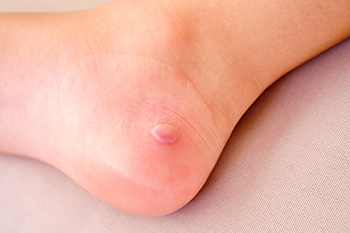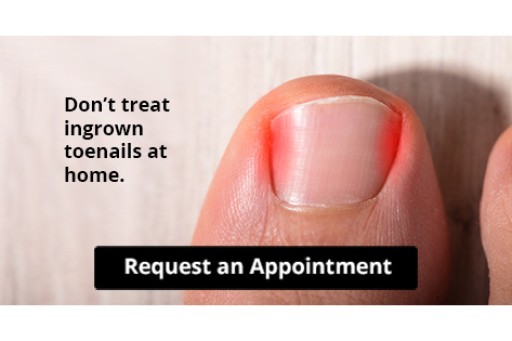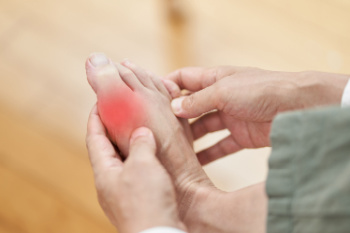
Infected blisters on the foot can lead to serious complications if not addressed promptly. Key signs of infection include increased redness and swelling surrounding the blister, warmth in the surrounding area, and the presence of pus or fluid that appears cloudy. Pain may intensify, and a fever can develop as the body reacts to the infection. If left untreated, an infected blister can progress to cellulitis, a potentially serious skin infection that spreads rapidly and may require antibiotics. In severe cases, the infection can enter the bloodstream, leading to sepsis, a life-threatening condition characterized by widespread inflammation and organ failure. Taking care of infected foot blisters is vital for avoiding more serious health issues. If you have a foot blister that has become infected, it is suggested that you promptly contact a podiatrist who can offer you effective relief and treatment solutions.
Blisters are prone to making everyday activities extremely uncomfortable. If your feet are hurting, contact Alex Kim, DPM of AVID Foot & Ankle Center. Our doctor can provide the care you need to keep you pain-free and on your feet.
Foot Blisters
Foot blisters develop as a result of constantly wearing tight or ill-fitting footwear. This happens due to the constant rubbing from the shoe, which can often lead to pain.
What Are Foot Blisters?
A foot blister is a small fluid-filled pocket that forms on the upper-most layer of the skin. Blisters are filled with clear fluid and can lead to blood drainage or pus if the area becomes infected.
How Do Blisters Form?
Blisters on the feet are often the result of constant friction of skin and material, usually by shoe rubbing. Walking in sandals, boots, or shoes that don’t fit properly for long periods of time can result in a blister. Having consistent foot moisture and humidity can easily lead to blister formation.
Prevention & Treatment
It is important to properly care for the affected area in order to prevent infection and ease the pain. Do not lance the blister and use a Band-Aid to provide pain relief. Also, be sure to keep your feet dry and wear proper fitting shoes. If you see blood or pus in a blister, seek assistance from a podiatrist.
If you have any questions, please feel free to contact our office located in Little Elm, TX . We offer the newest diagnostic and treatment technologies for all your foot care needs.











